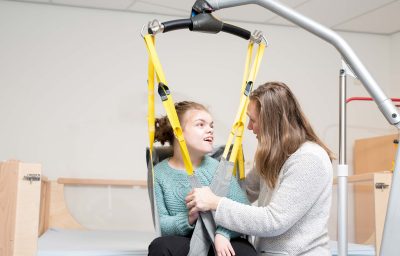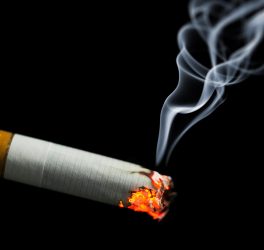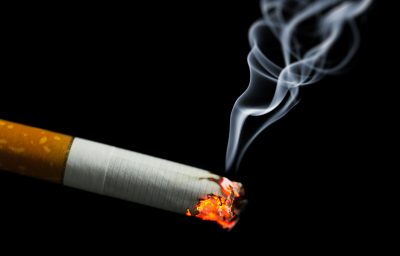
In a new paper published in Scientific Reports, researchers at Children’s Hospital of Philadelphia (CHOP) have identified and characterized genetic pathways shared by epilepsy and autism spectrum disorder (ASD), two heterogenous brain disorders.
Further exploration of the findings could lead to better, more personalized treatments for both conditions.
Epilepsy and ASD are two broad categories of brain disorders that overlap with surprising frequency. For example, some 30% of patients with ASD also have epilepsy, whereas the seizure disorder occurs in only 2-3% of the general population. While the reason for this overlap has not been identified, one hypothesis is that both conditions involve the disruption of shared neurodevelopmental pathways implicated by the relatively high number of genes associated with both disorders.
Certain biological pathways are involved in both disease processes, such as transcription regulation, cellular growth, and synaptic regulation, though the specific mechanisms involved are still unknown. Although previous studies have used network-based approaches to identify pathways and genes implicated in epilepsy and ASD, those studies have largely focused on protein-protein interactions or other types of biological networks in each condition in isolation, rather than examining how the conditions relate to one another. Prior studies also have not focused on networks based on gene-phenotype associations – that is, how the implicated genes relate to how the disease presents clinically.
In order to better understand which genes and pathways are ASD-specific, epilepsy-specific and shared between the two conditions, the researchers created an integrated network, layering information about clinical presentation with data regarding traditional protein-protein interactions. Through this approach, the researchers were able to sub-cluster patients with ASD and epilepsy into subgroups sharing similar phenotypes and likely similar genetic pathways. Doing so allowed them to identify genes that may contribute to the shared genetic etiology between epilepsy and autism, which could eventually be used for personalized treatment and management.
“Understanding the genetic connection of epilepsy and autism can aid in the discovery and prioritization of candidate genes for either disorder and the understanding of their shared molecular pathophysiology,” said senior author Kai Wang, PhD, Associate Professor of Pathology and Laboratory Medicine at CHOP. “Given that many neurological disorders have a common genetic etiology, other neurological disorders like depression, anxiety, obsessive-compulsive disorder, and attention-deficit/hyperactivity disorder (ADHD) should also be explored in relation to epilepsy and autism, using this approach of an integrated, multiplex network.”








